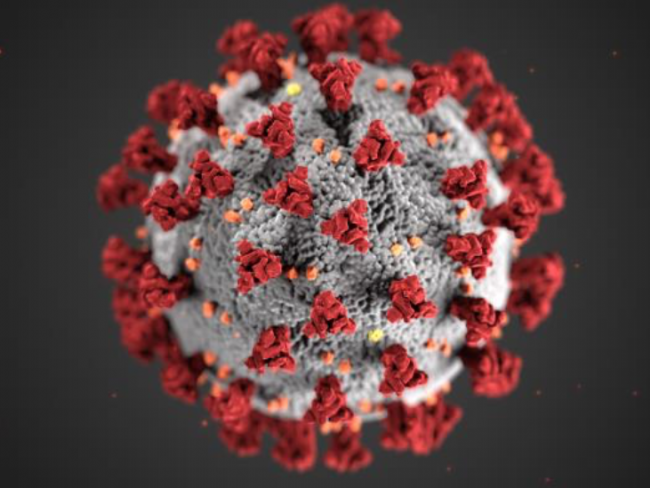20 March 2020

Illustration of COVID-19 from the US Centers for Disease Control and Prevention. The spikes that adorn the outer surface of the virus impart the look of a corona.
Policy makers are taking full account of a paper from the Imperial College COVID-19 Response team published on 16 March. They are right to do so. There are no certainties in epidemiology, but no team in the world is better qualified to look at how we might slow or blunt the spread of the virus.
The team there includes a WHO Collaborating Centre for Infectious Disease Modelling and the Medical Research Council Centre for Global Infectious Disease Analysis. Read the 16 March report for yourself. Working people don't need commentators to inform their thinking.
‘Look at the science and look at the evidence.’
Look at the science and look at the evidence. Models are models and theirs will be increasingly informed as the pandemic progresses. The authors acknowledge that there are significant uncertainties as things stand.
Their message is clear: they are saying that in a mitigated epidemic hundreds of thousands of deaths might occur worldwide; there have been around 10,000 at the time of writing. But mitigation is not the option being pursued. It is suppression strategies that are now being adopted aimed at reversing spread of the epidemic.
Mitigation seeks only to slow transmission. It won’t stop the epidemic. Suppression, on the other hand, aims to reduce case numbers to low levels through social distancing and home quarantine. The Imperial scientists said that these measures may need to be supplemented by school and university closures (which has now happened), though they do acknowledge the negative impacts closures will cause.
Balanced
No one is happy with the situation. But the only reasonable conclusion is that the government has looked at the facts and the state of our current knowledge, and responded by formulating a sensible and balanced policy.
The key reference point here is what they call the reproduction number (R), shorthand for the number of people to whom each infected person will transmit the virus. Reduce it below 1 and the number of cases will start to fall, offering the potential to halt human to human transmission. Only suppression strategies can achieve this.
The vast majority of people who contract COVID-19 will make an uneventful recovery and can be assumed to be immune to re-infection, at least in the short term. Evidence from the Flu-Watch cohort studies suggest that re-infections with seasonal circulating coronavirus is highly unlikely in the same or following season.
But hundreds of thousands of people in our society, especially those with existing illnesses, are at risk of losing their lives prematurely. That’s why we must act collectively in our own and in their interests by listening carefully to and sharing the evidence-based strategy being advocated by government.
